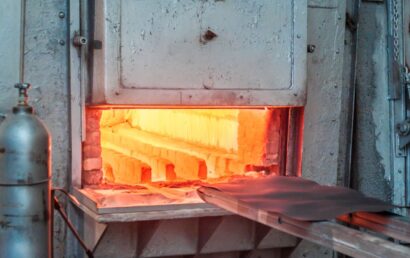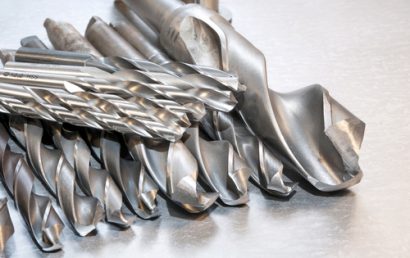What You Need To Know About Grit Blasting
In addition to the various types of concrete work that already exist, there is also a distinct selection of methods that can be used through which to restore concrete buildings. Which technique is best for the project is sometimes hard to determine. Grit blasting can be one such technique.
But grit blasting can be used for more than just concrete. It can be used in the thermal spray process. In fact, the appropriate protective coating can better ensure that concrete work will be able to avoid grit blasting in the future.
A Look at Grit Blasting
This is also referred to as abrasive blasting and it is a method of taking an abrasive media and propelling it onto a surface through a concentrated stream. It is used to remove surface contaminants, roughen, shape, or smooth a surface. The process contains several variants that all have their own pluses and minuses. These characteristics make them better suited for certain projects.
Different Types of Grit Blasting
The following are types or methods of grit blasting:
- Dry ice blasting – Frozen particles of carbon dioxide are used in this technique. It can reduce factory downtime, offers no risk of harm to workers, is nonflammable, non-toxic, and nonconductive. The dry ice used is less harmful to fragile surfaces and softer than sand commonly used in grit blasting.
- Micro abrasive blasting – This method is used in a variety of industries. It causes no vibration and no heat, is good for work on delicate parts due to its precision accuracy, and more. Abrasive material is propelled upon a surface through a small stream using tiny nozzles.
- Hydro blasting – No cleanup is necessary because waste spray and splashes will dry naturally. Surrounding areas are less prone to damage thanks to pinpoint accuracy. Water is noncorrosive and non-harmful, and waste can be prevented because it can be recycled. This is one of the most common methods of “grit” blasting.
- Bead blasting – Small glass beads are propelled against the surface in this technique. It is less harmful to the environment than some others, and the glass media can be recycled. It is perfect for delicate machine parts and offers the option of different sizes of glass beads.
- Wet abrasive blasting – No toxic or harmful chemicals need to be used in this process. It is perfect for preparing a surface for plating and bonding and reduces dust production. For irregular surfaces or detailed cleaning, it is ideal. It’s a great alternative to sandblasting.
Grit Blasting and the Thermal Spray Process
Grit blasting is also used in the process of applying protective thermal spray coatings. One method of preparing a surface so that the thermal sprayed coating will bond and adhere is by the use of grit blasting. For this type of thermal spray preparation, dry abrasives are used. When the abrasives impact to the surface, thanks to the sharp, angular shape of the blast material, the substrate is cut into by the abrasives. The production of undercut pits, as a result of the blasting, helps to ensure a strong mechanical bond. Because of the abrasiveness of the grits, however, frequent change outs must occur in the thermal spray operation. In this type of grit blasting, the materials used are often aluminum oxide and chilled iron.
A “white metal finish” is the end result after the completion of this kind of grit blasting. You might compare it to the feel of sandpaper at 80 or 100 grit. A&A Coatings are experts in surface preparation for thermal spray protective coatings. Contact one of our experts today to discuss how we can benefit your industry and your business.



